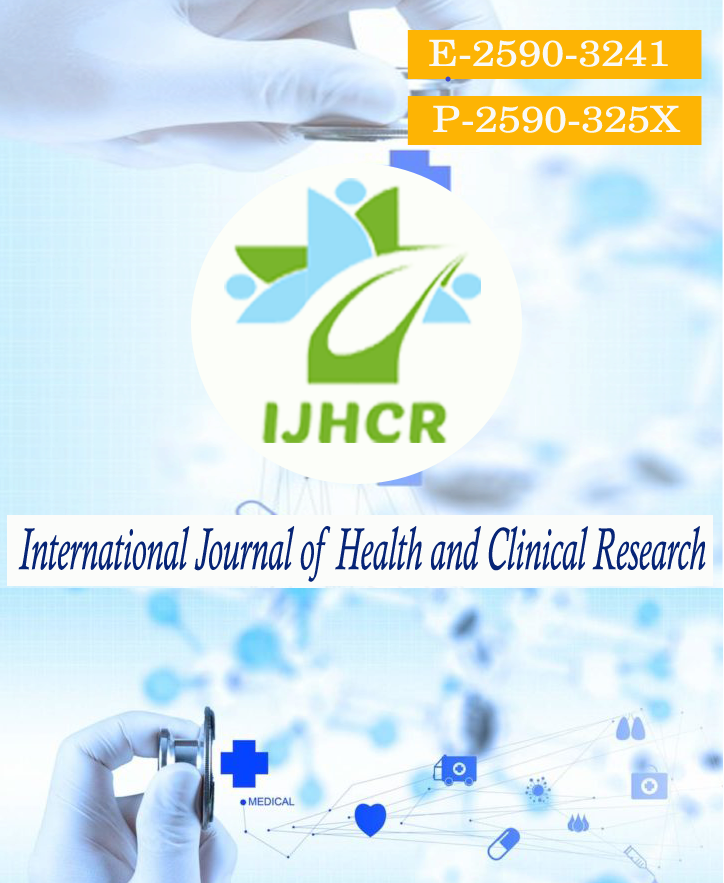Delay in diagnosis and treatment among tuberculosis cases: A cross-sectional study in Imphal east district of Manipur
Keywords:
Health systems’ delay, Patients’ delay, Total delay, Treatment delay, TuberculosisAbstract
Introduction: Delays in diagnosis the patient or initiation of treatment are important factors which need to be considered for achieving the targets for National Strategic Plan for elimination of tuberculosis from India. Some studies were done in other parts of the country, but no published literature is found from the north-eastern part of the country. Objectives: The present study was done to estimate the magnitude of delays in diagnosis and treatment among Pulmonary Tuberculosis cases, compare the delays among different types of PTB cases and also to explore the determinants of delays. Materials & methods: A community-based cross-sectional study was carried out during the period May 2019-April 2021 in the Imphal East district of Manipur among 280 consenting PTB cases registered at District Tuberculosis Centre, Imphal East in last 9 months from date of survey. A pre-designed questionnaire adapted from WHO Multinational Diagnostic and Treatment Delay in Tuberculosis was used for data collection. Results: The median (IQR) of patient delay, health-system delay and total delay were 41 (36-58) days, 16 (10-24) days and 52 (42-70) days repectively. Those who did not seek healthcare immediately after developing symptoms (AOR=5.10; 95% CI=2.28-11.43), first contacted pharmacy or other methods for healthcare (AOR=5.50; 95% CI=2.51-12.06) and diagnosed at private healthcare center (AOR=2.23; 95% CI=1.03-4.85) were associated with increased odds of patient delay. New-pulmonary drug-resistant cases (AOR=3.62; 95% CI=1.05-12.51), being female (AOR=3.84; 95% CI=1.90-7.76), those with completed higher secondary education (AOR=4.70; 95% CI=1.31-16.78), having no knowledge of ATDs being provided free (AOR=10.54; 95% CI=2.95-37.64) and health facility distance more than 5 km (AOR=3.77; 95% CI=1.87-7.62) had higher odds of health-system delay. Patients’ delay contributed to 66.67% of total delay. Finally, married individual (AOR=4.86; 95% CI=1.31-18.02) upper-middle (AOR = 6.20; 95% CI=1.61-23.79), middle (AOR=4.90; 95% CI=1.17-20.55) socio-economic status, those who did not seek immediate treatment (AOR=6.11; 95% CI= 2.83-13.18), diagnosed at private health care center (AOR=2.61; 95% CI=1.28-5.30) and tested negative for HIV (AOR=3.31; 95% CI=1.15-9.53) had higher risk of total-delay. Conclusion: TB delay in patient and health-system were still high. Improvements in mapping the high-risk population, carefully planned systematic screening and active case finding can help in early case detection and can reduce risk of transmission, poor treatment outcomes and adverse social and economic consequences.
Downloads
Published
How to Cite
Issue
Section
License
Copyright (c) 2021 Ngamba Akham, Potsangbam Sarat Singh, Wangkhem Jibol Singh, H. Kulabidhu Singh

This work is licensed under a Creative Commons Attribution 4.0 International License.






 All articles published in International Journal of Health and Clinical Research are licensed under a
All articles published in International Journal of Health and Clinical Research are licensed under a 